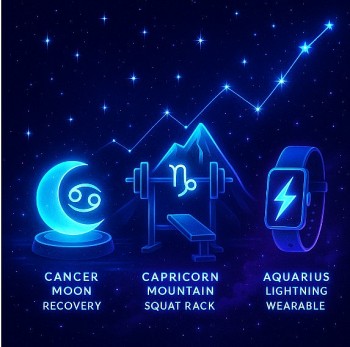Facts: Largest and Smallest State by Population in the USA (2024 Update)
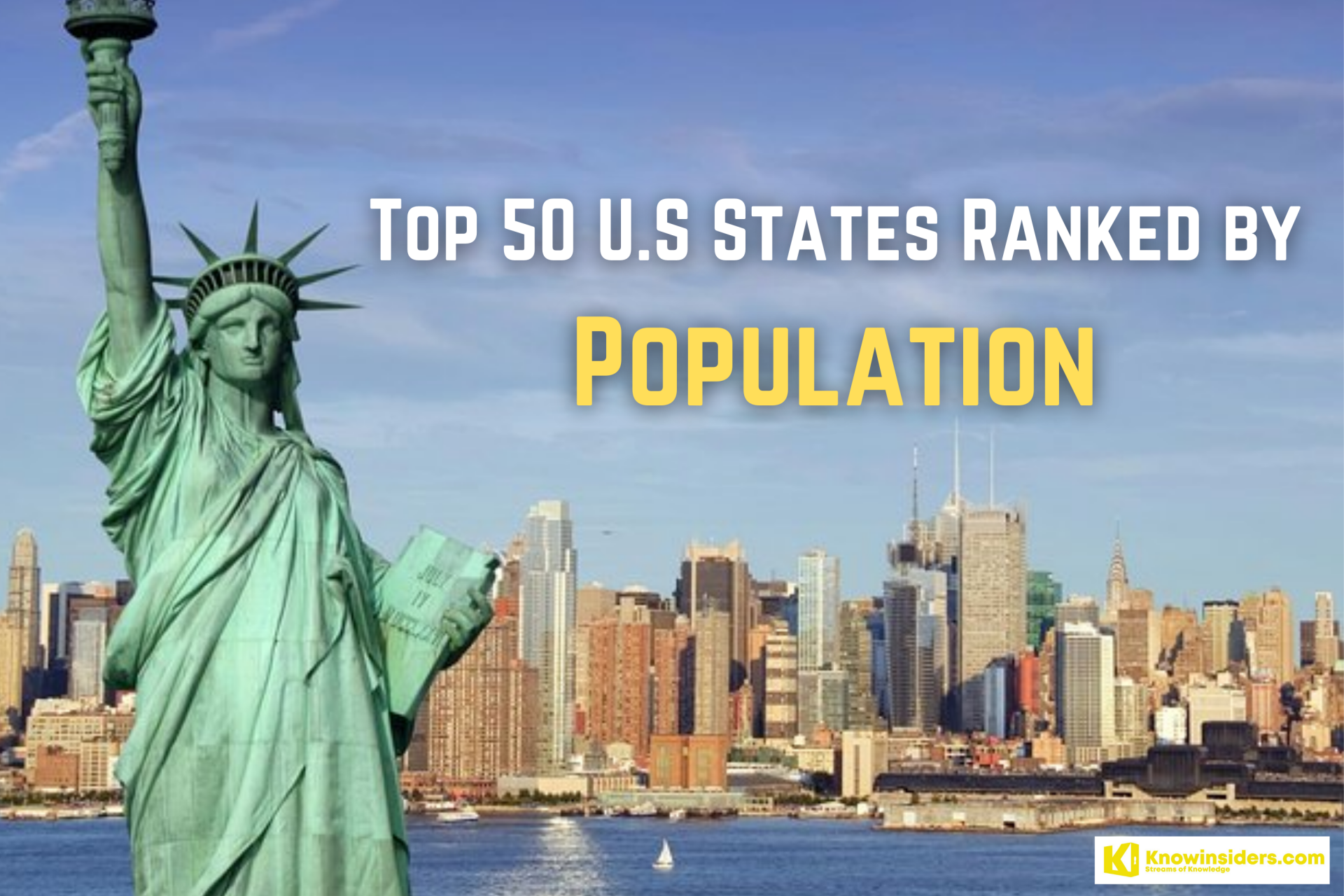 |
| Table of Contents |
In contrast to China and India, the US population is predicted to increase steadily over the course of the century. By 2067, it is anticipated that there will be more than 400 million people living in the US.
The main causes of the population growth in the United States are natural increase (the difference between births and deaths) and high immigration rates, which have declined since 2016.
The United States population increases by roughly 0.9% annually. The population grew by 0.60% in 2019, which was the slowest rate in a century. This is because there have been fewer births overall this year. In addition, the number of deaths increases as more baby boomers from the post-World War II era get older.
Even though the rate of population growth has recently decreased, continuous population growth is still anticipated. The following is a list of the 50 states in the union's population.
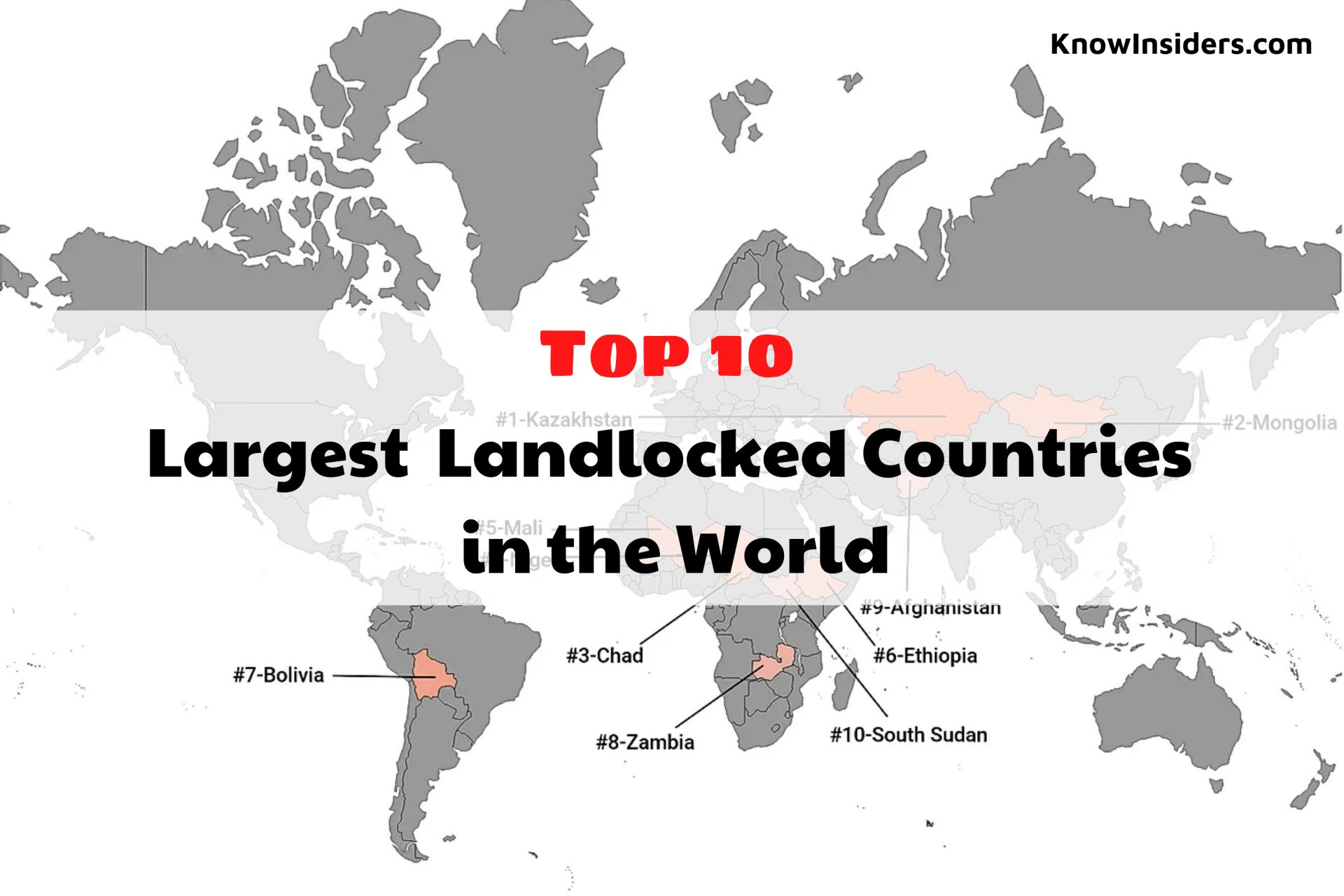 Top 10 Largest Landlocked Countries In The World by Land Area/Population Top 10 Largest Landlocked Countries In The World by Land Area/Population |
The 50 States in the United States Ranked by Population
| Rank | State | Population |
|---|---|---|
| 1 | California | 39,613,493 |
| 2 | Texas | 29,730,311 |
| 3 | Florida | 21,944,577 |
| 4 | New York | 19,299,981 |
| 5 | Pennsylvania | 12,804,123 |
| 6 | Illinois | 12,569,321 |
| 7 | Ohio | 11,714,618 |
| 8 | Georgia | 10,830,007 |
| 9 | North Carolina | 10,701,022 |
| 10 | Michigan | 9,992,427 |
| 11 | New Jersey | 8,874,520 |
| 12 | Virginia | 8,603,985 |
| 13 | Washington | 7,796,941 |
| 14 | Arizona | 7,520,103 |
| 15 | Tennessee | 6,944,260 |
| 16 | Massachusetts | 6,912,239 |
| 17 | Indiana | 6,805,663 |
| 18 | Missouri | 6,169,038 |
| 19 | Maryland | 6,065,436 |
| 20 | Colorado | 5,893,634 |
| 21 | Wisconsin | 5,852,490 |
| 22 | Minnesota | 5,706,398 |
| 23 | South Carolina | 5,277,830 |
| 24 | Alabama | 4,934,193 |
| 25 | Louisiana | 4,627,002 |
| 26 | Kentucky | 4,480,713 |
| 27 | Oregon | 4,289,439 |
| 28 | Oklahoma | 3,990,443 |
| 29 | Connecticut | 3,552,821 |
| 30 | Utah | 3,310,774 |
| 31 | Nevada | 3,185,786 |
| 32 | Iowa | 3,167,974 |
| 33 | Arkansas | 3,033,946 |
| 34 | Mississippi | 2,966,407 |
| 35 | Kansas | 2,917,224 |
| 36 | New Mexico | 2,105,005 |
| 37 | Nebraska | 1,951,996 |
| 38 | Idaho | 1,860,123 |
| 39 | West Virginia | 1,767,859 |
| 40 | Hawaii | 1,406,430 |
| 41 | New Hampshire | 1,372,203 |
| 42 | Maine | 1,354,522 |
| 43 | Montana | 1,085,004 |
| 44 | Rhode Island | 1,061,509 |
| 45 | Delaware | 990,334 |
| 46 | South Dakota | 896,581 |
| 47 | North Dakota | 770,026 |
| 48 | Alaska | 724,357 |
| 49 | Vermont | 623,251 |
| 50 | Wyoming | 581,075 |
(Statistics by World Population Review)
Top 10 US States with the Largest Populations (2024 Update)
California — 40,223,504
Texas — 30,345,487
Florida — 22,359,251
New York — 20,448,194
Pennsylvania — 13,092,796
Illinois — 12,807,072
Ohio — 11,878,330
Georgia — 11,019,186
North Carolina — 10,710,558
Michigan — 10,135,438
The Largest State by Population: California
California, a sizable state on the US west coast, is home to one of the world's most diversified populations. With 37,253,956 people living there as of the 2010 official United States census, California has a significantly higher population than Texas, which comes in second with 28 million people.
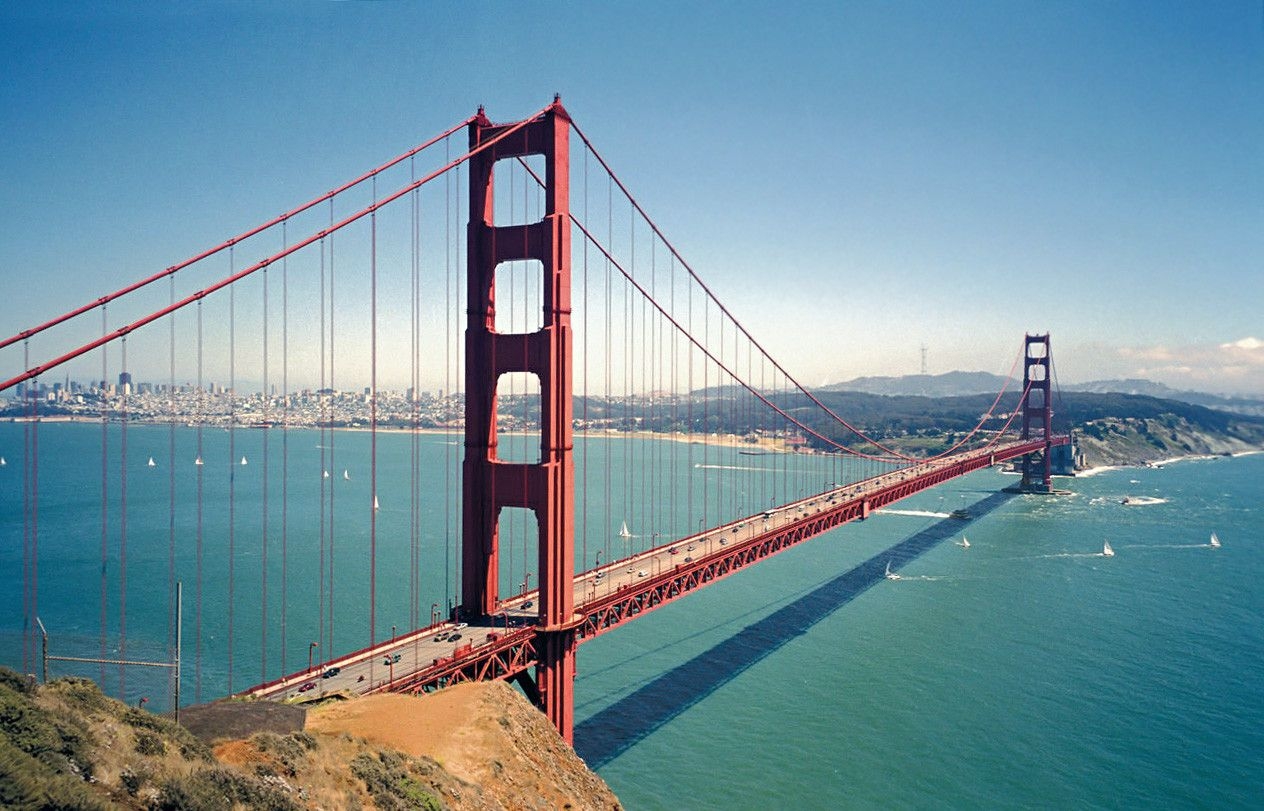 |
| Sights in California. Photo: Pinterest |
A few major cities house the majority of the population. California is home to three of the ten largest cities in the country (Los Angeles, San Diego, and San Jose), the largest county (Los Angeles County), and the second-largest city in the country (Los Angeles).
By 2019, there will be 40 million people living in California, making up one in eight of all US citizens. By 2050, there will be more people than 50 million in the country.
California Area and Population Density
California is the third-largest state in terms of area, and it ranks 11th in the nation for population density, with 251.3 people per square mile. With an annual growth rate of.61%, it is currently the 21st fastest-growing state. But in recent years, this growth rate has somewhat slowed.
California Gender and Religion Statistics
In California, the median age is 36 years old, and the gender distribution is 50.3% female and 49.6% male.
When it comes to religion, 63% of Californians identify as Christians, 9% as members of non-Christian faiths, and 27% as unaffiliated people.
 Top 10 Oldest Hotels in the US - The First Hotels Top 10 Oldest Hotels in the US - The First Hotels |
The Smallest State by Population: Wyoming
In the USA's central northwest region sits the state of Wyoming. Despite having the tenth-largest surface area in the Union, its population is the lowest on record. Furthermore, it has the second-lowest population density. At present, it has a robust growth rate of 1.13%, placing it in 15th place out of all 50 states.
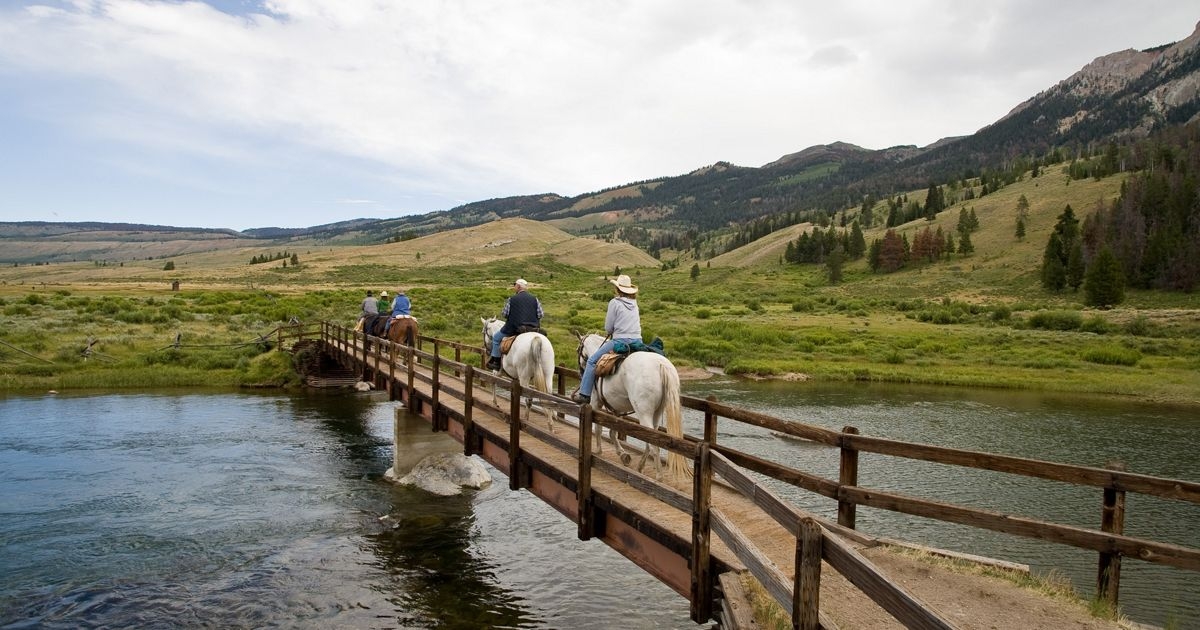 |
| Wyoming rural sights. Photo: The Nature Conservancy |
Wyoming Area and Population Density
Only one other state in the entire US, Alaska, can claim a less densely populated population than this one, with an average of just 5.85 persons per square mile.
Nearly 51% of Wyomingites resided in one of the state's 13 largest municipalities as of 2005. There are just 63,335 people living in the largest city, Cheyenne, followed by Casper (60,285) and Laramie (32,158).
With respective populations of 98,327 and 79,547, Laramie and Natrona counties are the most populated in the state of Wyoming.
Wyoming Gender and Religion Statistics
In Wyoming, the median age of the population is roughly 36.8 years old. There are currently 48.9% more women than men in the population.
In terms of preferred religions, 71% of Wyoming residents identify as Christian, 3% as non-Christian, and 26% do not identify as belonging to any particular religion.
In Wyoming, the largest ancestry groups are German (26%), English (16%), Irish (13.3%), American (6.5%), Norwegian (4.3%), and Swedish (3.5%), according to census data from 2000.
Top 10 US States with the Smallest Populations (2023 Update)
Wyoming: 580,175
Vermont — 648,279
Alaska — 740,339
North Dakota — 811,044
South Dakota — 908,414
Delaware — 1,017,551
Rhode Island — 1,110,822
Montana — 1,112,668
Maine — 1,372,559
New Hampshire — 1,395,647
READ MORE: Wyoming's Amazing Facts - Smallest State by Population In America
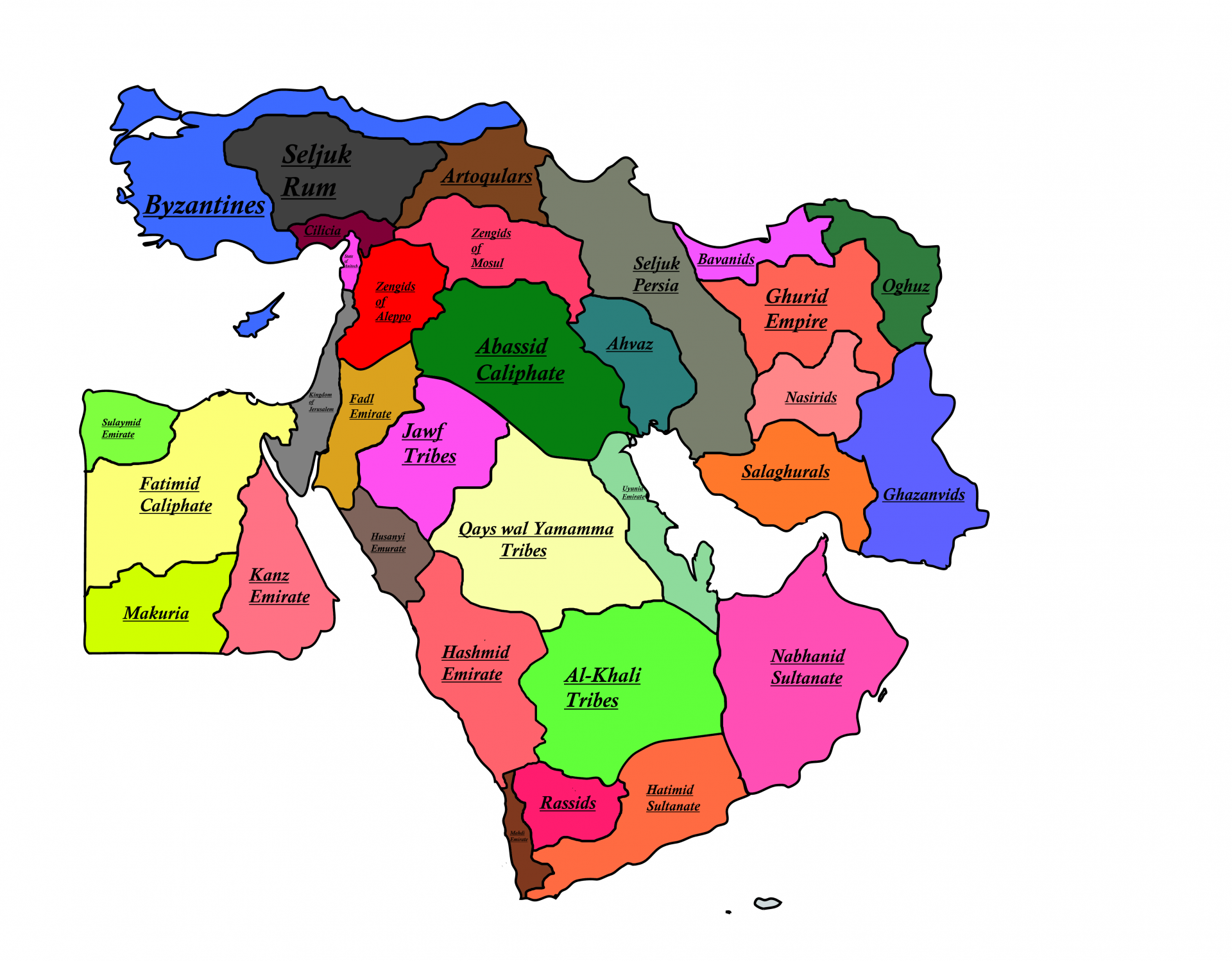 How Many Countries Are There In The Middle East Today: List, Population, Facts and Figure? How Many Countries Are There In The Middle East Today: List, Population, Facts and Figure? The Middle East includes countries that share common factors like ethnic groups, geographic features, religious beliefs, and political history. How many countries are there in ... |
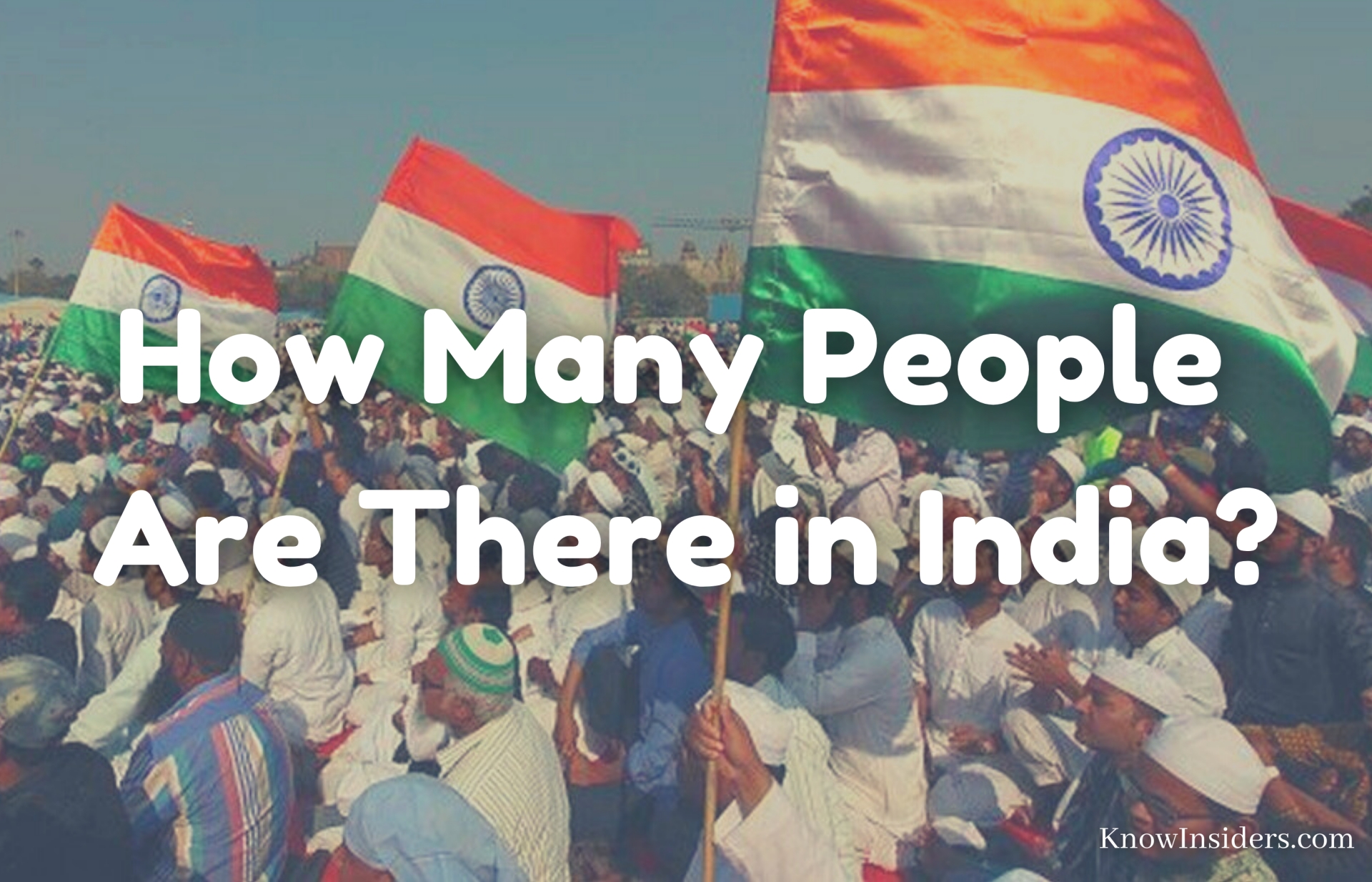 How Many People Are There in India - Updated Population How Many People Are There in India - Updated Population India population: India is one of the countries possessing the biggest population. Check out how many people are there in India below! |
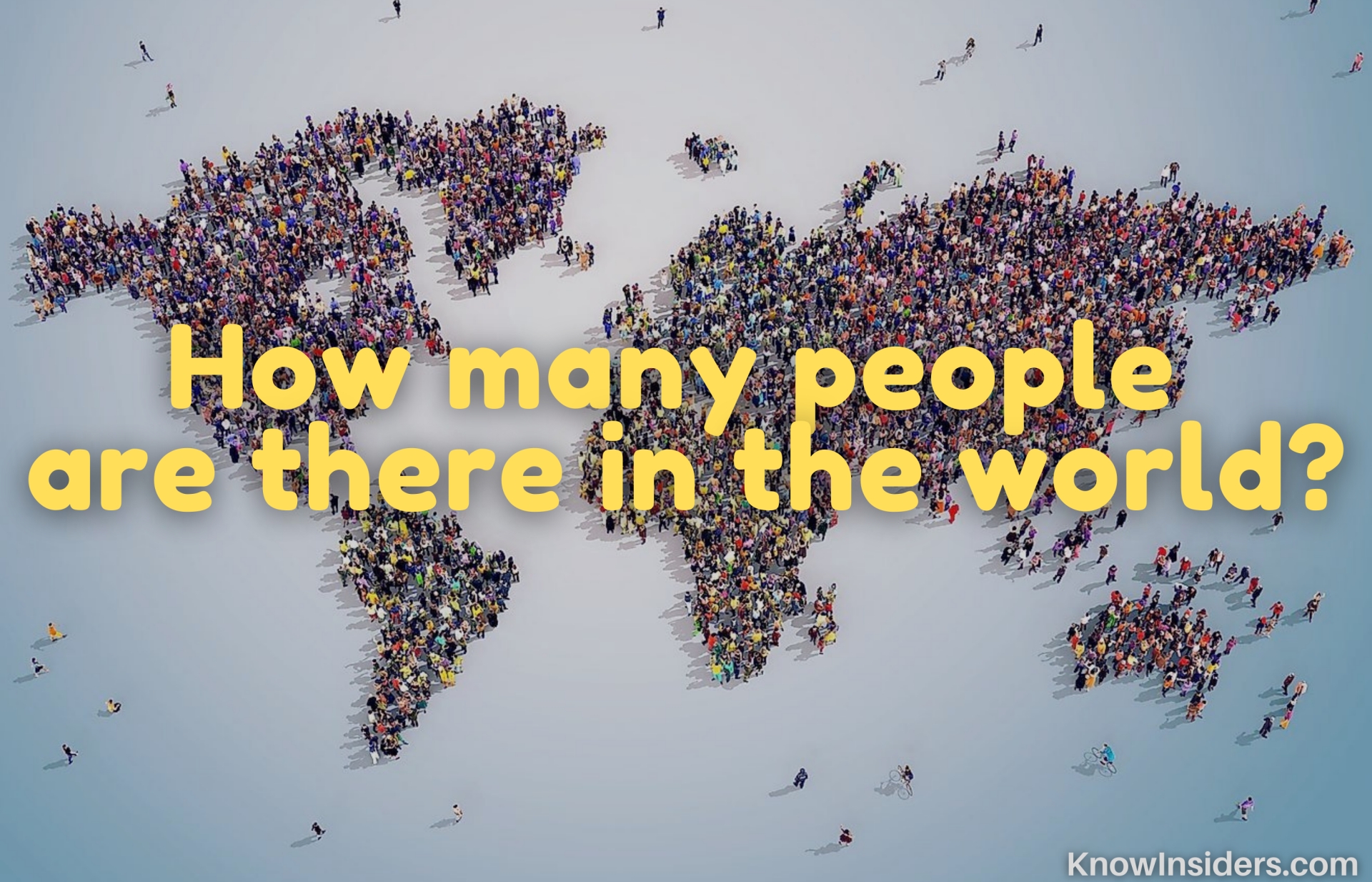 How Many People Are There In The World: Population Update & Analysis How Many People Are There In The World: Population Update & Analysis How many people are living on Earth with us right now? How has the world population changed in recent years? Check out the answer below! |






















